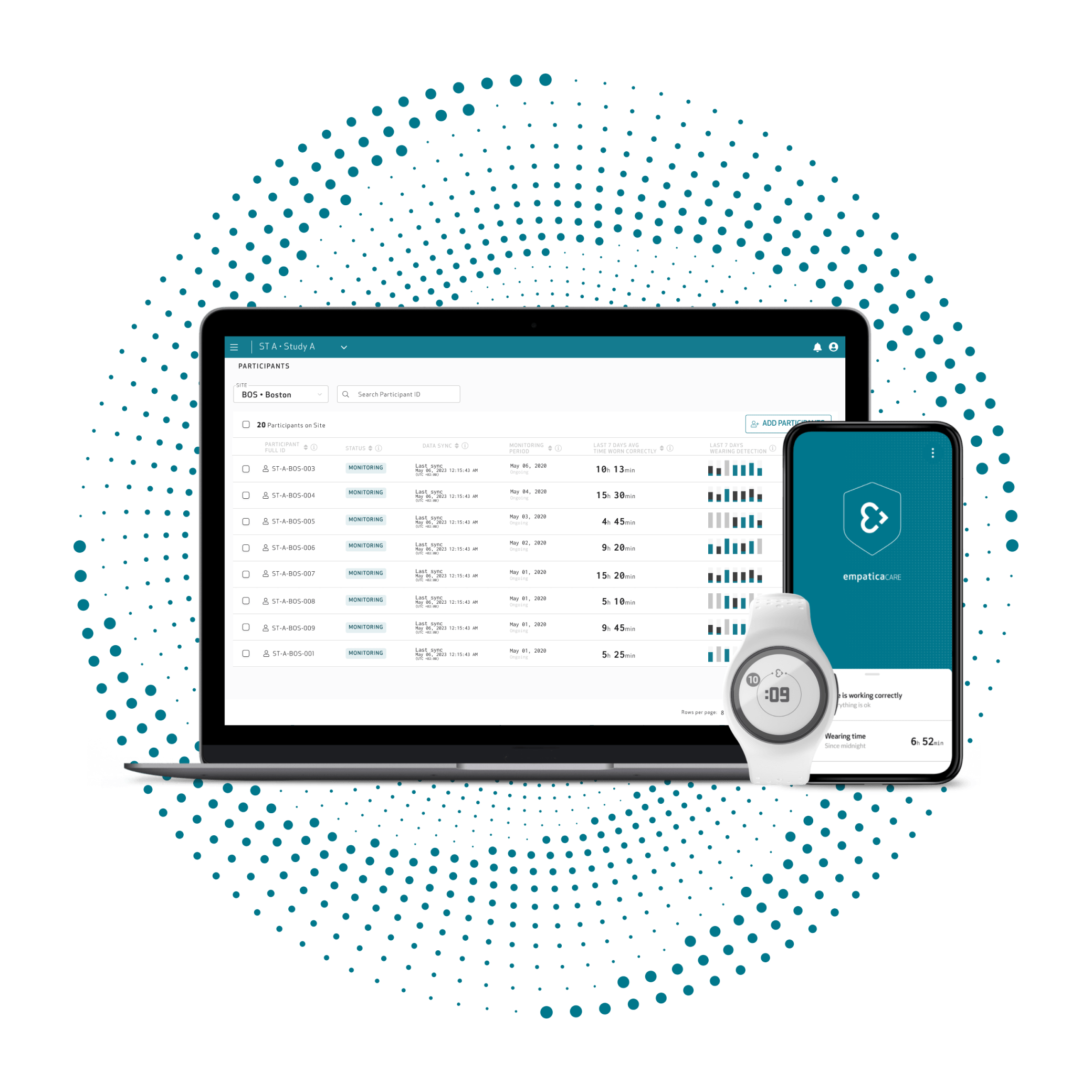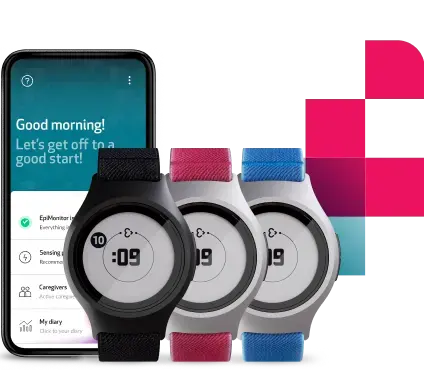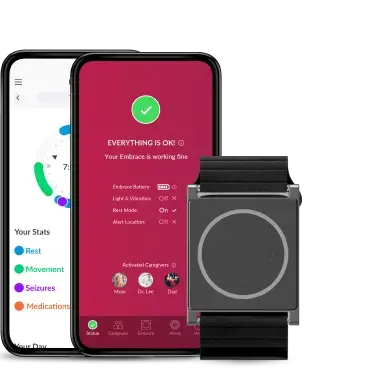Publications using Empatica's technology
In partnership with dozens of top researchers and hospitals, we are pioneering new ways to care for patients and enable research breakthroughs. Thousands of publications have been made possible due to our technology. Here you can find a selection of these studies.

Our technology has been validated in research studies and trials across neurology, mental and physical health, sleep, oncology, and more
PAIN
PILOT
ADULTS
MIGRAINE
NEUROLOGY
+2
Analysis of free-living daytime movement in patients with migraine with access to acute treatment
2025 | The Journal of Headache and Pain
OTHER
PILOT
ADULTS
FATIGUE
PHYSICAL HEALTH
+1
2025 | IEEE Access
PILOT
ADULTS
RESPIRATORY CONDITIONS
OTHER RESPIRATORY CONDITIONS
2025 | BMJ Open
PILOT
STRESS
ADULTS
ADOLESCENTS
MENTAL HEALTH
+1
2025 | MSc Thesis - University of Twente
PILOT
ADULTS
NEUROLOGY
EPILEPSY
2025 | medRxiv (pre-print)
FDA-CLEARED
Enhance your research with the Empatica Health Monitoring Platform
Conducting research at scale from patients’ homes has never been easier, with raw data and digital biomarkers of the highest quality, and a full-stack platform designed to reduce patient and site burden.

Collaborate with us
Reach out and a member of our team will be in touch with you as soon as possible.
Shipping destination
Select your region so we can ship your device to the correct location.

United States
$ USD



